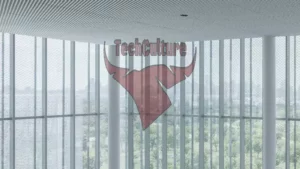OpenAI Considers Shift to For-Profit Structure, CEO Addresses Recent Changes
OpenAI, the San Francisco-based artificial intelligence company known for its ChatGPT product, is reportedly considering a significant structural change that would transform it from a nonprofit research institute into a for-profit corporation. According to a source familiar with the discussions, the company’s board is deliberating on converting OpenAI into a public benefit corporation, a move that would alter its core mission of benefiting humanity to include profit-making objectives.
While OpenAI already operates a for-profit division where most of its staff is employed, the organization is currently overseen by a nonprofit board of directors. The proposed shift would fundamentally change this arrangement, although no final decision has been made, and the timing remains uncertain.
At a tech conference in Italy, OpenAI CEO Sam Altman acknowledged that the company is contemplating restructuring to advance to its “next stage.” However, he emphasized that this potential overhaul is unrelated to the recent departures of key executives, including Chief Technology Officer Mira Murati and Chief Research Officer Bob McGrew.
Despite the potential changes, OpenAI has stated that it will maintain a nonprofit arm, which the company considers crucial to its mission. The organization remains committed to developing AI that benefits society at large.
The contemplated restructuring comes amid a series of high-profile departures, including the resignations of co-founder Ilya Sutskever and safety team leader Jan Leike in May. These exits have raised questions about the company’s direction and priorities.
OpenAI’s unique governance structure, established in 2015 as a nonprofit with a mission to safely develop AI for humanity’s benefit, has been a source of internal conflict. This structure allowed for Altman’s brief ousting in November 2023, followed by his swift reinstatement with support from Microsoft.
Changing OpenAI’s corporate structure may prove challenging, given its current setup designed to give the nonprofit entity full control over for-profit subsidiaries. Tax experts have noted that the existing structure was intended to protect OpenAI’s nonprofit status while allowing for commercial activities.
Research published by Ellen P. Aprill of LMU Loyola Law School highlighted that OpenAI’s corporate structure was specifically designed to maintain its nonprofit status, with all subsidiary corporations governed by the nonprofit and its board. However, recent events have raised questions about the effectiveness of this arrangement.
As OpenAI navigates these potential changes, the tech industry and AI community will be closely watching to see how the company balances its original mission with its growing commercial interests.






